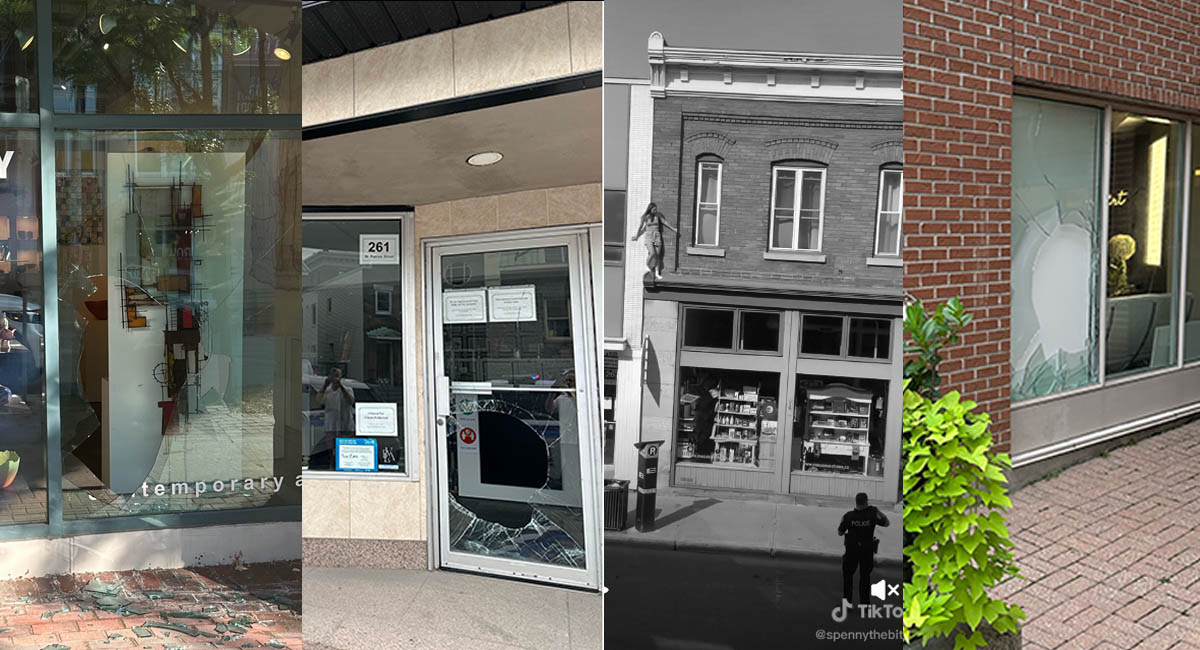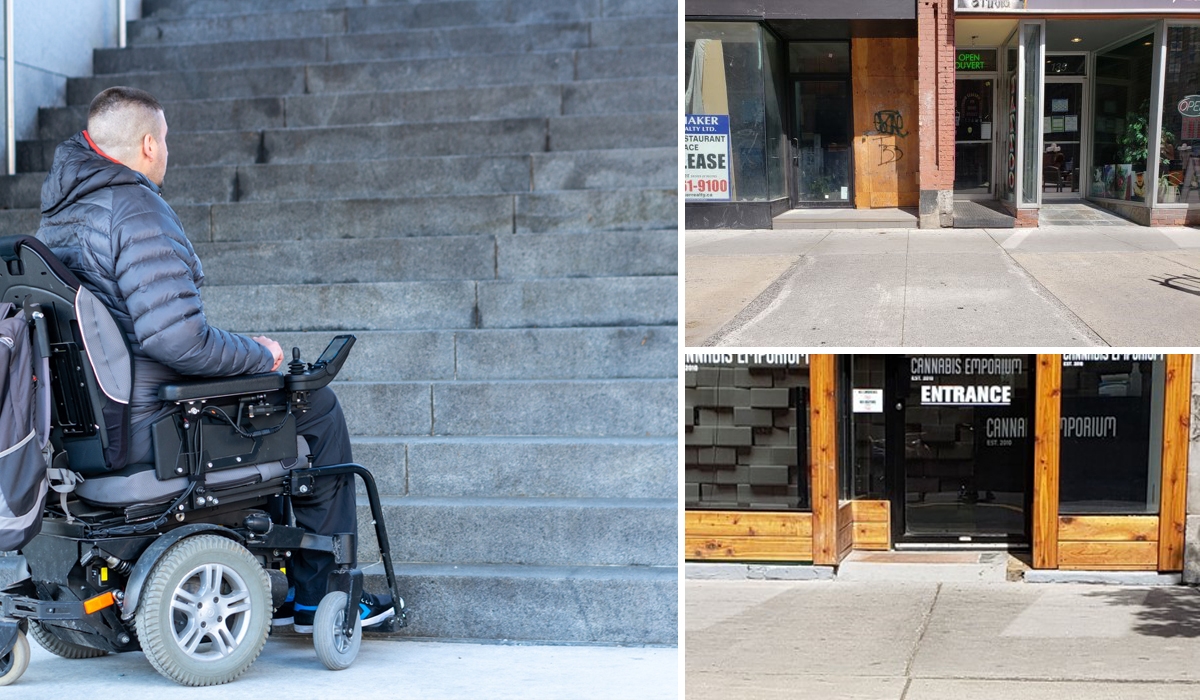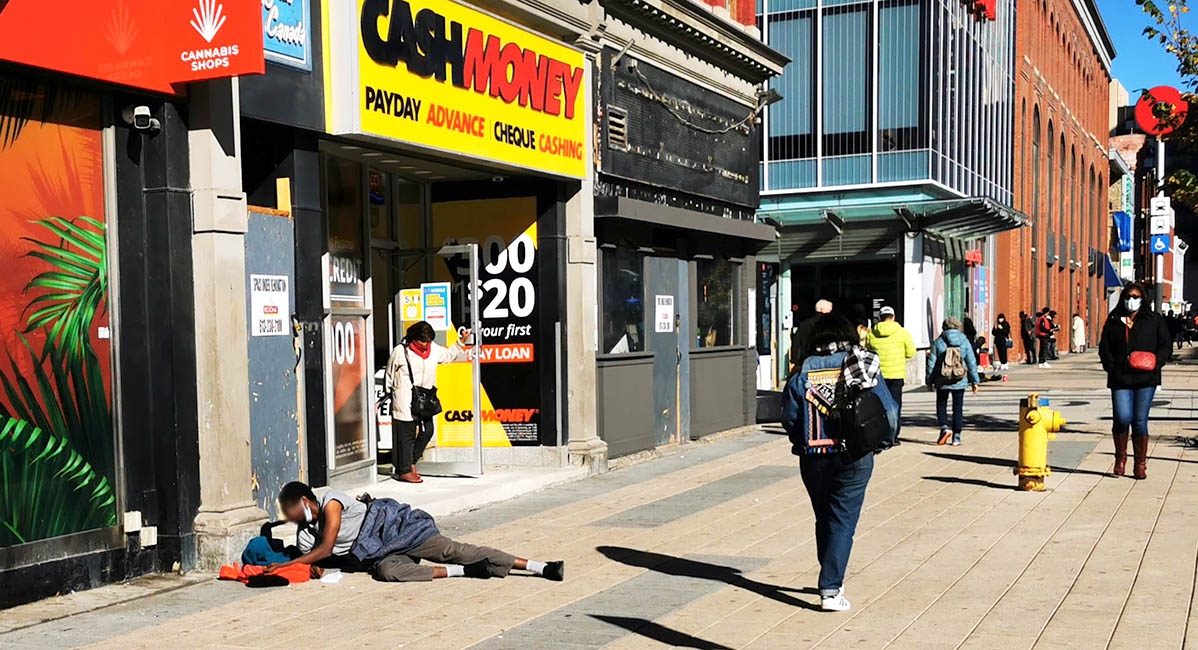
Neighbours Don’t Continually Steal From Neighbours — ByWard Markets Need Mayor to Act
Before Ottawa City Council recessed for their five-week summer break, they announced that the newly formed ByWard Market District Authority would replace the lacklustre performing ByWard Business Improvement Area, better known as the ByWard BIA. S
The BIA had become a punching bag for the increasing dysfunction in the ByWard Market. The City of Ottawa regularly directed complaints from merchants about the lack of public restrooms, the state of the existing washrooms in the Market building, parking issues, and the rising incidence of violence in the area to the BIA.
Former councillor for the ward, Mathieu Fleury, also offloaded merchants’ concerns and complaints to the BIA despite the Market being in his ward. An August 2021 letter from the merchants of Murray Street, frustrated with rising crime, also met the same fate — the buck was passed on to the BIA.
The business owners became increasingly upset over Council’s and then Mayor Jim Watson’s lack of action, but the election of Mayor Mark Sutcliffe brought some hope for the merchants. After all, he campaigned on a platform of opening a satellite Ottawa Police Service (OPS) station in the Market while newly elected Rideau-Vanier Councillor Stephanie Plante ran, in part, to clean up the historic area of the city. Despite good intentions, since the 2022 election, the Market has only further deteriorated.
Vladimir Ristovski, owner of Bistro Ristoro on Clarence Street, is worried about the state of the Market. For months, he and neighbouring businesses lobbied to meet with the mayor and Councillor Plante to address their concerns.
When the meeting finally took place on August 29th, Plante was sympathetic to the concerns of her constituents but noted that the issues in the Market were not something that one councillor could act on unilaterally. She encouraged the merchants to take their complaints to the councillors in their wards since many business owners live outside the ByWard Market.
Councillor Plante’s logic left a few merchants scratching their heads, but her goal was to have multiple city councillors bring the same issues to Council chambers – the old strength-in-numbers tactic. With multiple voices at the table pushing for change in the Market, Plante hoped that the city would listen and act on their grievances.
Ristovski is increasingly frustrated with the prospects for business owners in the ByWard Market. The mayor was absent from the meeting, and his representative, Kalin McCluskey, spoke about next-generation 911 and told those gathered that the “solution is not going to be overnight.” Her remarks sparked an emotional plea from the meeting moderator, who exclaimed, “But we have a need right now.”
Since the August meeting, there has been no action to control the open drug use and crime in the Market. A September 14th email update from local merchants stated that many are installing external cameras and bars on their windows and doors to help protect their shops.
Many of Ristovki’s friends from the Yugoslavian diaspora won’t frequent the Market out of fear for their personal safety and that of their kids.
And it’s no wonder. On the way to meet with Ristovski, at the intersection of Clarence and William Streets, an addict with needles dispersed around him kicked a street sign and started screaming — one of many antisocial drug-fuelled outbursts which can be seen openly in the Market that has become “ghettoized by the density of homeless people and mental health issues, the injection centres and the tolerance for drugs.” Local authorities appear to have become numb to these incidents.
Despite the problems, Ristovski notes that the Market remains an economic hub for the city, generating more tax revenue than any other district in Ottawa. But how much longer the status quo continues, he is not sure. Things have gotten so bad that, as one business owner confided to OttawaLife, even the NCC has decreased rents in the ByWard Market.
Financial viability is a concern for businesses in the Market, but there is an even more pressing issue — safety. Ristovski said he knows of six businesses broken into and robbed since the meeting with Councillor Plante and city officials.
After the fifth break-in, a representative of local businesses sent an email to city officials and media outlets, which stated: “CLIENTS ARE FEELING UNSAFE AND THEY ARE TELLING US. They are being harassed by people with mental health issues, are being threatened and called names if they do not give people money, they witness people injecting themselves publicly with drugs.”
Ristovski’s frustration is palpable. His business in the Market was started with his own money, and like other local businesses, he employs staff and pays taxes. But if the city fails to control drug use and the associated crime in the Market, he may lose everything.
The hot potato is constantly passed around. The Police say, “We need more resources; call the mayor,” and the mayor says it is the responsibility of the BMDA, which will not be functional until May of 2024. The burden is then passed to Councillor Stephanie Plante, the only one willing to listen to businesses for the next eight months.
At the August 29th meeting, Zach Dayler, the Executive Director of the BMDA, stated that their “goal is to create the conditions for businesses to be successful.” He said, “(we) acknowledge that we are late to the game. . . we’re five to ten years behind where we need to be.”
Even when the BMDA is fully operational, the current level of funding reported is a paltry $200,000, hardly anything for a city of Ottawa’s size and a problem as big as those seen in the Market. Ristovski feels there needs to be stronger engagement from the city to bring the instability under control.
The result of all-talk-no-action has been disastrous for the city. The open drug use, aggressive panhandling, and the associated criminality have now spread to neighbouring Somerset Ward, which boasts the highest crime rate in the city.
A walk down Wellington Street West in Hintonburg demonstrates that people are taking their money elsewhere. The once blue-collar neighbourhood has blossomed into a bohemian shopping and entertainment district with a palpable sense of safety that the Market and Centretown lack. If the City of Ottawa does not act soon, the merchants of the ByWard Market will follow the money, the tour buses will stop coming, and the once jewel of the National Capital will slowly die.
Until the City of Ottawa stops referring to the drug users as “our neighbours” and deals with the problems the safe injection sites, open drug use, public loitering, vandalism, and disorderly behaviour, upstanding people like Ristovski won’t be able to continue to employ people, pay taxes, and contribute to the multicultural, accessible, and classy city Ottawa should be.
Until next May, Ristovski and the other businesses in the Market are just another complaint added to the pile. The City of Ottawa ignores people like him at their own peril.
To read more about politics failing Lowertown, read Michael Bussière’s 2021 article Lowertown, be Damned – We’re Reducing Harm which addresses the mismanagement by multiple levels of government that has resulted in a very dangerous situation.








